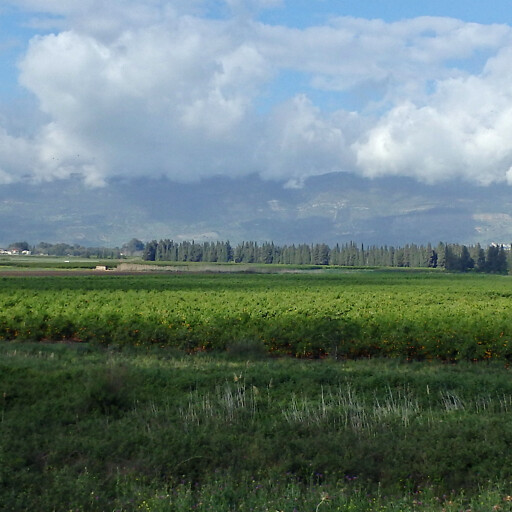Places in the Bible Today:
Maacah
Data
| Translated Names | Aram-Maacah, Aram-maacah, Aram Maacah, Aram Maakah, Maacah, Maacath, Maacathite, Maacathites, Maachah, Maachathite, Maachathites, Maakah, Maakathite, Syria-maachah, Syrian Maacah |
|---|---|
| Type | region |
| Notes | Abel-beth-maacah is possibly on the border |
| Geo Data |
KML (for Google Earth) GeoJSON (for GIS applications) |
1 Identification
- Maacah (ancient): very high confidence
Verses (8)
Linked Data Identifiers
| Source | Identifier |
|---|---|
| Biblemapper.com | 30015 |
| Logos Factbook | Maacah (kingdom) |
| OpenBible.info (2007) | Aram-maacah, Maacah, Maacath |
| OpenBible.info | acae7cb (Maacah) |
| TIPNR | Aram-maacah@1Ch.19.6, Maacah@2Sa.10.6, Maacath@Jos.13.13 |
| Wikidata | Q2903509 |
Sources
- Barnes, Historical Atlas of the Bible (2010)
- Biblica: The Bible Atlas (2007)
- Carta Bible Atlas, 5th Edition (2011)
- CEB Bible Map Guide (2011)
- Discovery House Bible Atlas (2015)
- ESV Bible Atlas (2010)
- Hammond Atlas of the Bible Lands (2007)
- Harvest Handbook of Bible Lands (2019)
- Holman Bible Atlas (1999)
- Hudson, Bible Atlas and Companion (2008)
- New Bible Atlas (1985)
- New Moody Atlas of the Bible (2009)
- Oxford Bible Atlas, Fourth Edition (2007)
- Rogerson, New Atlas of the Bible (1985)
- Sacred Bridge (2014)
- Schlegel, Satellite Bible Atlas (2016)
- Tübingen Bible Atlas (2001)
- Westminster Historical Atlas to the Bible (1956)
- Zondervan Atlas of the Bible (2010)
Image

Credit: Вячеслав Ребров (modified)
About
This page identifies the current consensus around the modern location of this biblical place.
The isobands you see on the map (gray areas with dark borders) attempt to give you confidence where a region is. Because many ancient regions aren't precisely defined, I consulted atlases to determine where the biblical region is located and used that data to build the isobands. The smaller isobands reflect more confidence that the given isoband is in the region, while the larger isobands reflect less confidence. Isobands are a kind of contour line that here indicate confidence levels.
